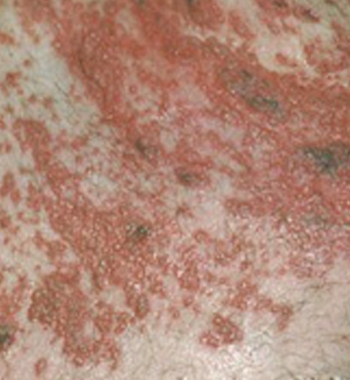Shingles
Shingles is caused by the same virus that causes chickenpox. Anyone who has had chickenpox can get shingles. After the chickenpox clears, the virus stays inside the body. If the virus reactivates (wakes up), the result is shingles — a painful, blistering rash.
Shingles is much less contagious than chickenpox. Still, a person who has shingles can spread the virus. Anyone who has not had chickenpox (or the chickenpox vaccine) can get this virus. When this happens, the person develops chickenpox, not shingles.
The risk of getting shingles increases with age. A vaccine can reduce your risk of getting shingles. Your doctor may recommend getting this vaccine after your 50th birthday or once you reach 60 years of age. There’s another — and maybe even more important — reason for getting the shingles vaccine. If you’ve had chickenpox, you can still get shingles after getting shingles vaccine. The vaccine also lessens your risk of developing serious complications from shingles, such as life-disrupting nerve pain.
The nerve pain can last long after the shingles rash goes away. Some people have this nerve pain, called post-herpetic neuralgia (PHN), for many years. The pain can be so bad that it interferes with your everyday life. The shingles vaccine reduces your risk of developing this nerve pain, even more than it reduces your risk of getting shingles.
An anti-viral medicine may also prevent long-lasting nerve pain if your get shingles. It’s most effective when started within 3 days of seeing the rash. The anti-viral medicine can also make shingles symptoms milder and shorter.
The rash can be very painful and widespread.
